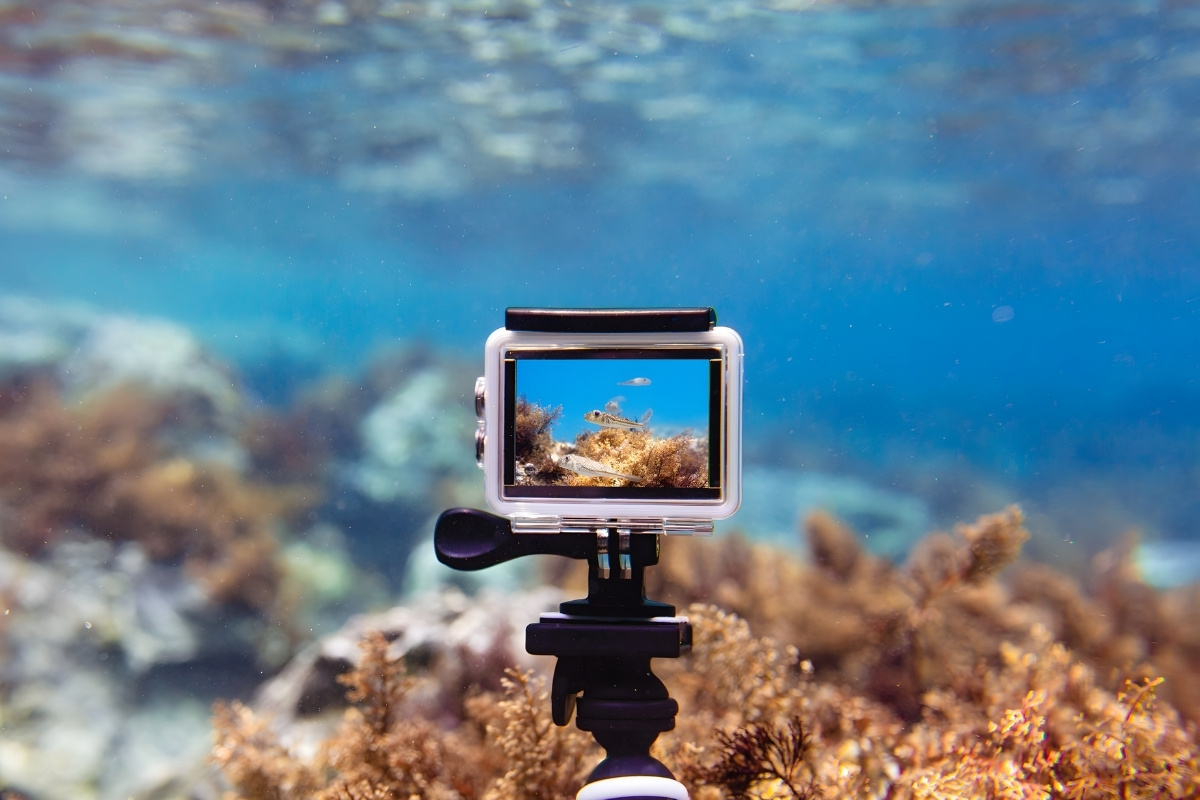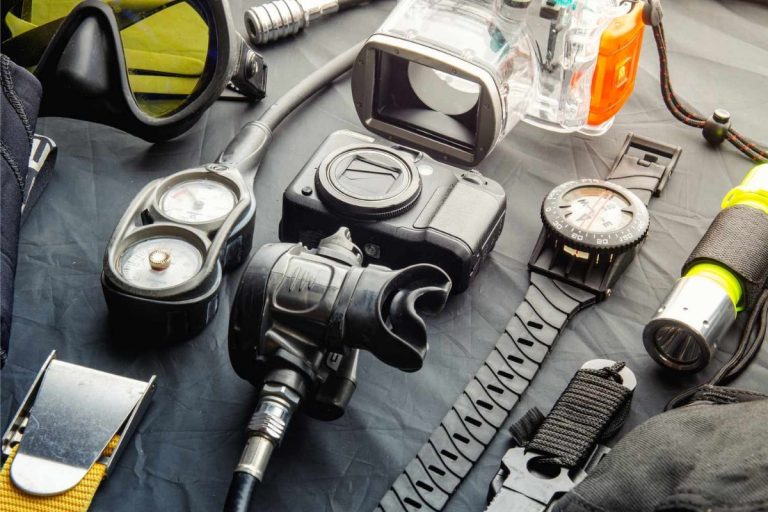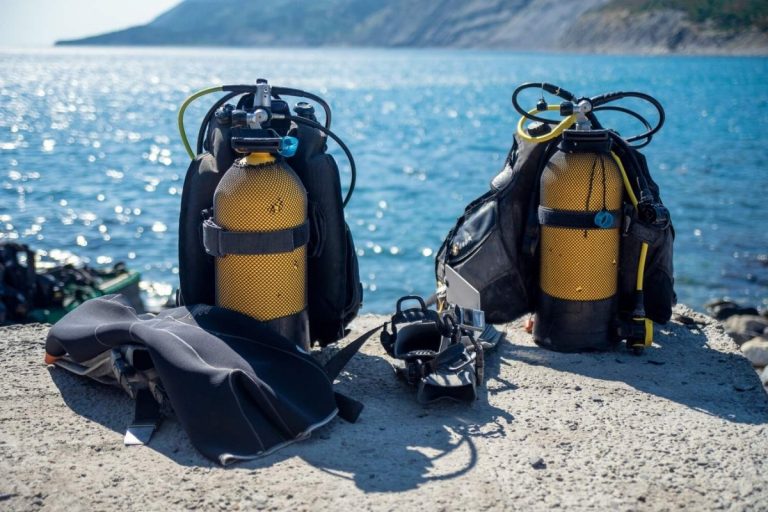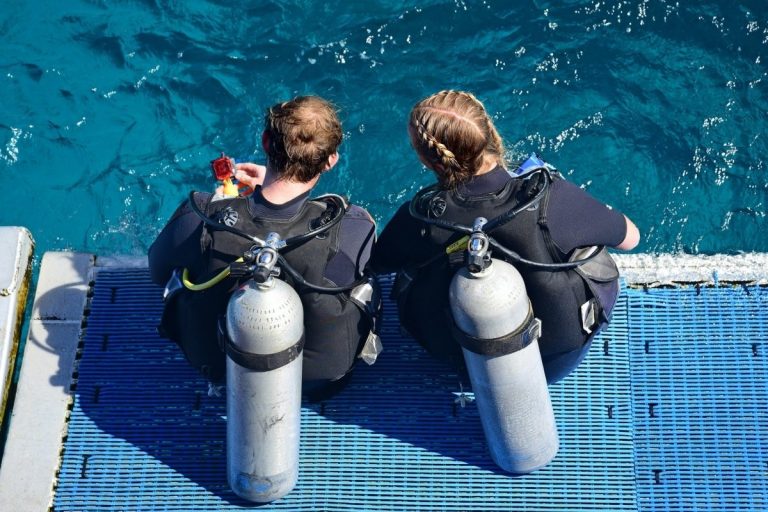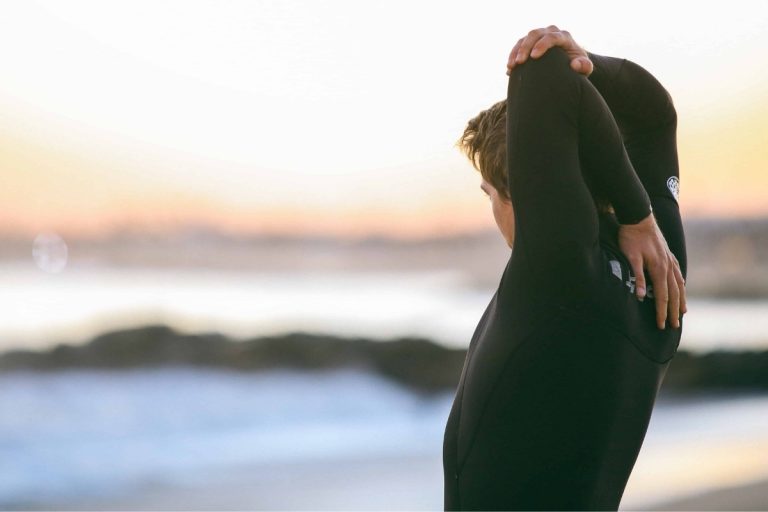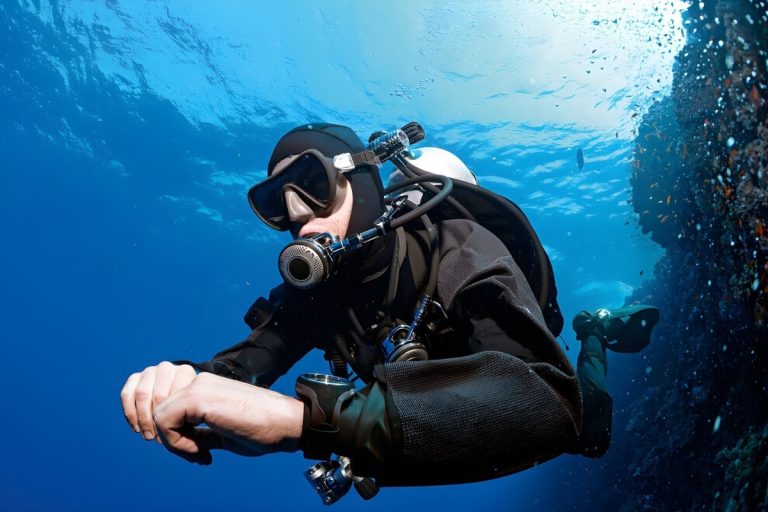- Introduction to Compact Cameras for Divers in 2025
- Key Features to Consider in Compact Cameras
- Top 5 Compact Cameras for Divers
- Understanding TTL Flash Systems
- Wide-Angle Lenses vs. Macro Lenses
- Camera Settings for Underwater Photography
- Post-Processing Techniques for Underwater Images
- Frequently Asked Questions
- Embracing the Future of Underwater Imaging
Introduction to Compact Cameras for Divers in 2025
The underwater photography landscape has transformed dramatically in recent years, with compact cameras becoming increasingly sophisticated while maintaining their portability advantage. Modern divers no longer need to choose between convenience and quality, as today’s compact systems offer professional-grade features in packages small enough for any dive bag.
The shift from traditional fixed-lens compact cameras to compact mirrorless models with interchangeable lenses has revolutionized underwater photography. These newer systems provide better image quality, faster flash recycling times, and represent a more valuable long-term investment for serious underwater photographers. Whether you’re capturing vibrant coral reefs or documenting marine life behavior, the right compact camera can make all the difference in your underwater adventures.
What makes 2025 particularly exciting is the convergence of video and photography capabilities. All modern compact cameras now feature 4K video recording that rivals professional systems, allowing divers to seamlessly switch between capturing stunning stills and cinematic underwater footage during a single dive.
Key Features to Consider in Compact Cameras
Image Quality and Sensor Size
The heart of any camera lies in its sensor, and compact cameras have made remarkable strides in this area. Larger sensors capture more light, which is crucial underwater where natural illumination diminishes rapidly with depth. Modern compact cameras feature sensors that rival those found in professional systems just a few years ago, delivering exceptional image quality even in challenging underwater conditions.
Resolution isn’t everything, though. The latest compact cameras balance megapixel count with pixel size, ensuring excellent low-light performance without sacrificing detail. This balance becomes particularly important when shooting in deeper waters or inside wrecks where available light is minimal.
Durability and Waterproof Ratings
Underwater environments demand robust construction, and manufacturers have responded with increasingly durable compact cameras. Modern waterproof ratings extend well beyond recreational diving depths, with many models rated for depths exceeding 100 feet without additional housing. However, understanding the difference between water-resistant and truly waterproof remains crucial for dive safety.
Temperature changes, pressure variations, and saltwater exposure all challenge camera electronics. The best compact cameras for divers feature reinforced seals, corrosion-resistant materials, and shock-absorbing construction that can handle the rigors of boat diving and underwater exploration.
Ease of Use for Beginners
Simplicity underwater cannot be overstated. When wearing thick gloves and managing buoyancy, complex menu systems become nearly impossible to navigate. The most successful compact cameras for divers feature intuitive controls, large buttons, and automatic modes that consistently deliver excellent results without requiring extensive manual adjustments.
Modern compact cameras excel at intelligent scene recognition, automatically adjusting settings for underwater conditions. This automation allows new underwater photographers to focus on composition and marine life interaction rather than technical camera settings, dramatically improving their success rate and enjoyment.
Advanced Features for Professionals
Experienced underwater photographers demand manual control over their equipment, and modern compact cameras deliver professional-level customization options. Advanced models offer complete manual exposure control, custom function buttons, and sophisticated autofocus systems that can track moving marine subjects with remarkable accuracy.
Professional features also extend to connectivity options, with many compact cameras offering wireless image transfer and remote control capabilities. These features prove invaluable for underwater photographers who need to review and share images immediately after diving or who want to trigger their camera remotely for unique perspectives.
Video Capabilities and 4K Recording
The boundary between photography and videography has blurred significantly in compact cameras. All current models offer 4K video recording with professional-quality results, allowing divers to document their underwater experiences in stunning detail. Advanced stabilization systems compensate for the natural movement inherent in underwater filming, producing smooth, professional-looking footage.
Video capabilities extend beyond simple recording, with many compact cameras offering slow-motion capture, time-lapse functionality, and advanced audio recording options. These features open creative possibilities for underwater storytelling that were previously limited to expensive professional equipment.
Top 5 Compact Cameras for Divers
Best All-Round Compact: iPhone 16
The iPhone 16 represents a surprising but logical choice for many underwater photographers. Its sophisticated computational photography, combined with excellent waterproof housing options, creates a remarkably capable underwater imaging system. The familiar interface means no learning curve, allowing divers to focus entirely on their underwater subjects.
Advanced features like ProRAW capture and multiple lens options provide professional flexibility while maintaining the simplicity that makes iPhone photography so accessible. The extensive ecosystem of underwater photography apps and accessories further enhances its capabilities, making it a comprehensive solution for divers of all skill levels.
Best Compact Video Camera: GoPro HERO13
The GoPro HERO13 continues the brand’s dominance in underwater action photography and videography. Its ultra-compact size, exceptional durability, and outstanding stabilization make it perfect for documenting fast-paced underwater adventures. The camera’s ability to capture stunning 4K footage while maintaining remarkable ease of use sets it apart from competitors.
Recent improvements in low-light performance and color accuracy have addressed traditional GoPro weaknesses underwater. Combined with an extensive range of mounts and accessories specifically designed for diving, the HERO13 offers unmatched versatility for underwater videographers who prioritize portability and reliability.
Best Advanced Compact: Olympus E-M10 IV
The Olympus E-M10 IV bridges the gap between simple compact cameras and professional systems. Its micro four-thirds sensor delivers exceptional image quality while maintaining a compact form factor ideal for travel diving. The camera’s advanced autofocus system and in-body stabilization ensure sharp images even in challenging underwater conditions.
What sets the E-M10 IV apart is its extensive lens ecosystem, allowing underwater photographers to adapt their system as their skills develop. From ultra-wide landscapes to detailed macro work, this camera system grows with the photographer, making it an excellent long-term investment for serious underwater enthusiasts.
Best for Macro Photography: Olympus Tough TG7
The Olympus Tough TG7 excels at capturing the intricate details of small marine life that make underwater photography so rewarding. Its exceptional macro capabilities, combined with built-in underwater color correction, produce stunning close-up images straight from the camera. The rugged construction and intuitive underwater controls make it perfect for divers who want to focus on tiny subjects without worrying about equipment complexity.
Advanced features like focus stacking and microscope modes push macro photography boundaries, allowing divers to capture details invisible to the naked eye. The camera’s ability to shoot effectively at extremely close distances opens up creative possibilities that larger camera systems simply cannot match.
Best for Action Shots: GoPro Hero 11
While the HERO13 leads in overall video performance, the Hero 11 remains an excellent choice for divers prioritizing action photography and value. Its proven reliability, excellent battery life, and comprehensive accessory ecosystem make it a dependable choice for active underwater photographers who need equipment that can keep up with their adventures.
The Hero 11’s simplified controls and automatic shooting modes ensure consistent results, even when capturing fast-moving marine life or dynamic underwater scenes. Its compact size allows for creative mounting options that would be impossible with larger camera systems, opening unique perspectives for underwater storytelling.
Understanding TTL Flash Systems
What is TTL Flash?
Through-The-Lens flash metering revolutionizes underwater photography by automatically calculating optimal flash output for each shot. This technology analyzes the scene through the camera’s lens, measuring reflected light to determine precise flash power requirements. For underwater photographers dealing with rapidly changing conditions and varying subject distances, TTL flash eliminates much of the guesswork traditionally associated with underwater lighting.
The system works by firing a pre-flash before the actual exposure, measuring the reflected light, and adjusting flash output accordingly. This process happens so quickly that it’s imperceptible to both photographer and subject, ensuring natural-looking results without the harsh shadows or blown-out highlights common with manual flash systems.
Benefits of Digital Optical TTL
Digital optical TTL represents the most accurate and low-maintenance flash system available to underwater photographers. Unlike older electronic systems that can be affected by water conditions, optical TTL uses light signals to communicate between camera and flash, ensuring reliable operation regardless of water clarity or electrical conductivity.
This system proves particularly valuable for beginners who want consistent results without mastering complex manual flash techniques. Experienced photographers also benefit from TTL’s speed and accuracy, especially when shooting fast-moving subjects or rapidly changing scenes where manual adjustments would be impractical.
Using Flash Effectively Underwater
Effective underwater flash technique extends beyond simply mounting a strobe to your camera. Proper positioning prevents backscatter from suspended particles while ensuring even illumination across your subject. Understanding how to balance ambient light with flash output creates more natural-looking images that capture the true beauty of the underwater environment.
Advanced flash techniques include using multiple strobes for complex lighting setups and learning when to choose the right housing for your camera system becomes crucial for integrating professional lighting equipment. The key lies in understanding how water affects light transmission and adjusting your approach accordingly.
Wide-Angle Lenses vs. Macro Lenses
Advantages of Wide-Angle Lenses
Wide-angle lenses prove essential for underwater photography, allowing photographers to capture expansive reef scenes and large marine life while working within the limited visibility constraints of most diving conditions. The ability to get close to subjects while still including significant environmental context creates more engaging and informative underwater images.
Modern wide-angle wet lenses attach directly to compact camera housings, providing professional-quality results without the bulk of traditional wide-angle systems. These lenses correct for the magnification effect of water, restoring the natural field of view that makes underwater scenes appear as impressive in photographs as they do to the diver’s eye.
When to Use Macro Lenses
Macro photography underwater reveals a hidden world of intricate details and fascinating small creatures that often go unnoticed during regular diving. The ability to capture tiny nudibranchs, coral polyps, and juvenile fish in stunning detail adds an entirely new dimension to underwater photography and marine life documentation.
Successful macro work requires different techniques than wide-angle photography, including precise focusing, controlled lighting, and patient subject approach. Understanding when to use each lens type becomes part of developing your skills in wide-angle vs macro photography, helping you choose the right tool for each underwater encounter.
Combining Both for Underwater Photography
The most successful underwater photographers master both wide-angle and macro techniques, often carrying multiple lens options on a single dive. Quick-change systems allow photographers to adapt to different opportunities as they arise, from capturing a passing whale shark to documenting tiny cleaning stations on coral heads.
Planning your lens choice based on dive site characteristics and expected marine life encounters maximizes your photographic opportunities. Some dive sites favor wide-angle work, while others offer primarily macro subjects, but the best underwater photographers remain prepared for both possibilities.
Camera Settings for Underwater Photography
Understanding Underwater Lighting Conditions
Water dramatically alters natural light, filtering out warm colors and reducing overall intensity with depth. Successful underwater photography requires understanding these changes and adjusting camera settings accordingly. The most challenging aspect involves balancing available light with artificial illumination to create natural-looking results.
Different water conditions require different approaches, from crystal-clear tropical waters to plankton-rich temperate seas. Learning to read water conditions and adjust your camera settings by depth and water conditions ensures optimal results regardless of diving location or environmental factors.
Adjusting ISO and Aperture
Modern compact cameras handle high ISO settings remarkably well, allowing underwater photographers to maintain reasonable shutter speeds even in low-light conditions. However, balancing ISO with aperture settings requires understanding the trade-offs between image quality, depth of field, and motion blur in underwater environments.
Aperture selection underwater involves more than just controlling depth of field. Smaller apertures increase flash coverage area and improve overall sharpness, while larger apertures allow more ambient light and create more natural-looking backgrounds. Finding the right balance depends on your subject, available light, and artistic vision.
Optimal Shutter Speeds for Underwater Shots
Underwater photography presents unique challenges for shutter speed selection, as both camera shake and subject movement must be considered while wearing diving equipment. Fast-moving fish require different shutter speeds than stationary coral formations, and understanding these requirements improves your success rate significantly.
The interaction between shutter speed, flash duration, and subject movement creates complex exposure scenarios that require practice to master. Modern compact cameras help by offering sophisticated automatic modes, but understanding the underlying principles allows for more creative control and consistent results.
Post-Processing Techniques for Underwater Images
Basic Editing Techniques
Underwater images often require more extensive post-processing than terrestrial photography due to the unique challenges of the underwater environment. Basic adjustments include exposure correction, highlight and shadow recovery, and overall contrast enhancement to compensate for the flattening effect of water on image contrast.
Understanding which adjustments work best for underwater images saves significant editing time and produces more natural-looking results. The goal should always be to enhance what was captured rather than dramatically alter the underwater scene’s natural appearance.
Color Correction for Underwater Photography
Water’s selective absorption of light wavelengths creates the characteristic blue-green cast in underwater images. Effective color correction restores natural colors while maintaining the underwater atmosphere that makes these images unique. The key lies in understanding which colors to enhance and which to preserve for authenticity.
Advanced color correction techniques involve selective color adjustments and luminosity masking to target specific areas of the image. Learning these post-processing tips for underwater images in Lightroom and Photoshop dramatically improves your final results and helps your underwater photography stand out from typical vacation snapshots.
Enhancing Detail and Clarity
Underwater conditions often reduce image sharpness and contrast, making detail enhancement crucial for professional-quality results. Modern editing software offers sophisticated tools for recovering fine details and improving overall image clarity without creating artificial-looking results.
Noise reduction becomes particularly important for underwater images shot at higher ISO settings or in challenging lighting conditions. Balancing noise reduction with detail preservation requires understanding how different software tools affect underwater image characteristics and learning to apply them judiciously for optimal results.
Frequently Asked Questions
What are the key features to consider when choosing a compact camera for diving?
Key features include image quality and sensor size, durability and waterproof ratings, ease of use for beginners, and advanced features for professional use.
What are the top five compact cameras for divers in 2025?
The top five compact cameras are the iPhone 16, GoPro HERO13, Olympus E-M10 IV, Olympus Tough TG7, and GoPro Hero 11.
How does TTL flash improve underwater photography?
TTL flash automatically calculates optimal flash output for each shot, ensuring natural-looking results without harsh shadows.
What techniques are important for macro underwater photography?
Successful macro photography involves precise focusing, controlled lighting, and patient subject approach.
What post-processing techniques are recommended for underwater images?
Basic editing techniques include exposure correction, color correction, and enhancing detail and clarity.
Embracing the Future of Underwater Imaging
As the technology behind compact cameras continues to advance, divers can expect to capture their underwater experiences with unprecedented clarity and creativity. The right camera not only enhances the adventure but also opens up a world of possibilities for documenting marine life and underwater landscapes.
